Sieve analysis is a common laboratory testing method used to measure the particle size distribution of granular materials. Through sieve analysis, the content and distribution of particles of different sizes in granular materials can be obtained, thereby providing important engineering and scientific information.
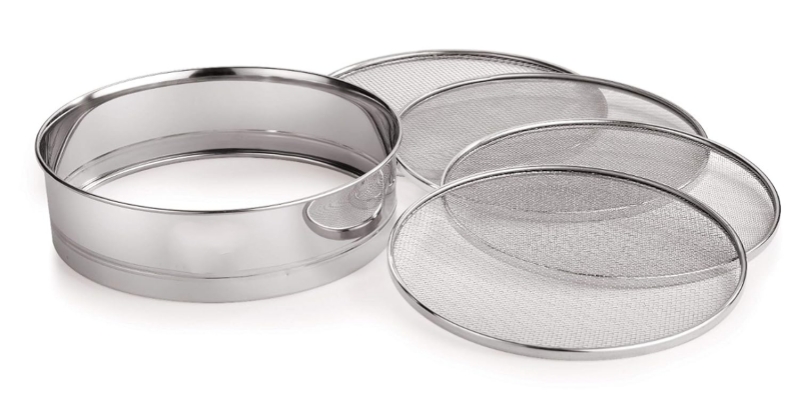
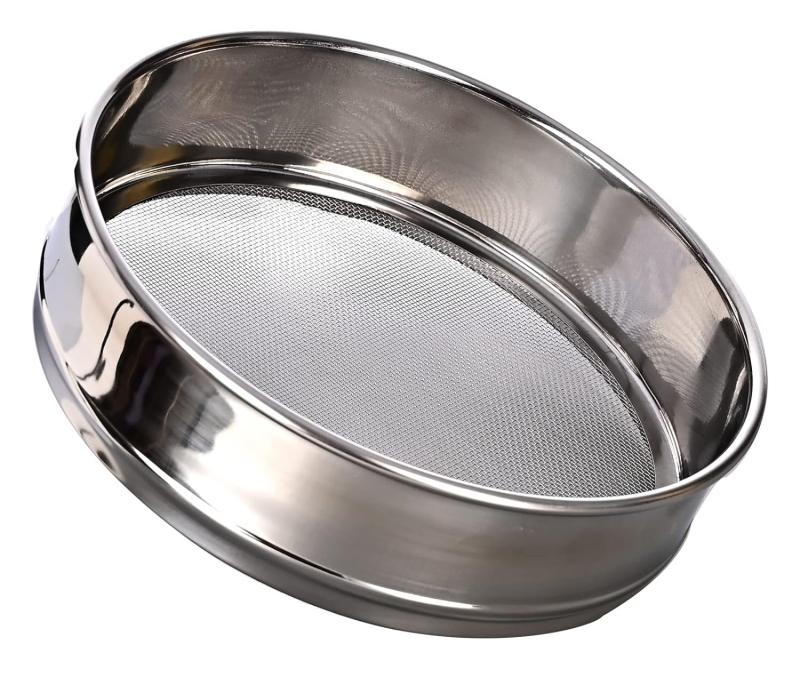
1. Particle size distribution: Sieve analysis can determine the content percentage and distribution of particles of different particle sizes in granular materials. By plotting a particle size distribution curve, we can understand the proportion of coarse and fine particles in a material, as well as the range and distribution of particle sizes.
2. Screening efficiency: Sieve analysis can evaluate the efficiency of screening equipment. By observing the particle quality on different screens, we can understand the screening capacity and effect of the screening equipment, and thus select the appropriate screen and screening equipment to meet specific screening requirements.
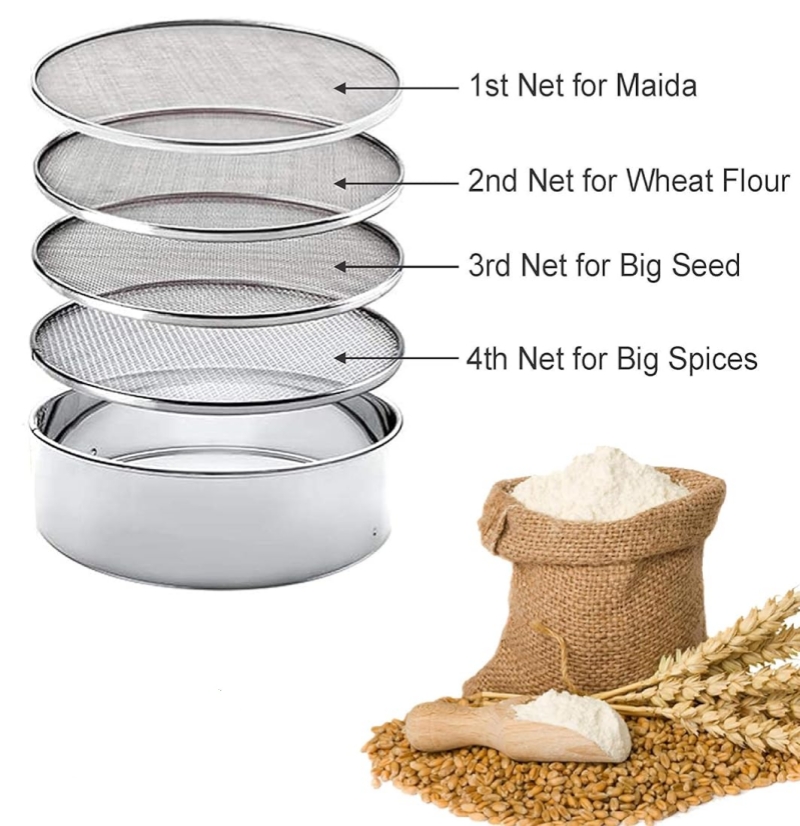
3. Engineering performance: The particle size distribution of granular materials has an important impact on engineering performance. For example, in concrete and asphalt concrete, the particle size distribution of the aggregate affects the strength, workability and durability of the concrete. Through sieving analysis, we can evaluate the particle size distribution of aggregates, provide basic data for engineering design, and ensure that the performance of the material meets the requirements.
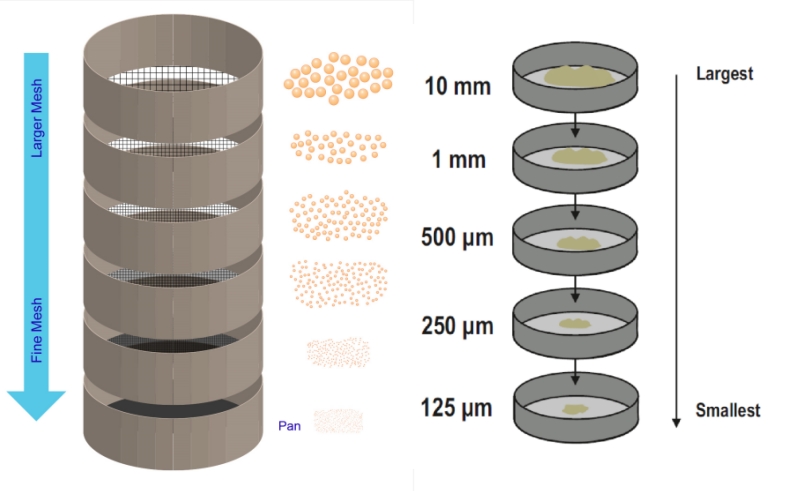
4. Quality control: Sieve analysis can be used for quality control and quality assessment. By monitoring the particle size distribution of granular materials, we can check the material's consistency and quality stability. If the particle size distribution exceeds the specified range, the production process may need to be adjusted or different raw materials selected to ensure that the quality of the product meets the standards.
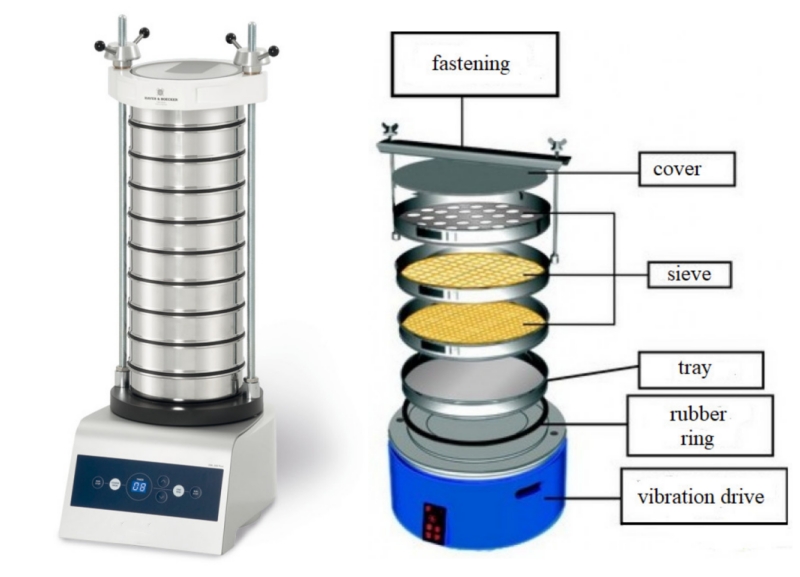
The principle of sieve analysis is based on the physical forces between particles. Due to the pore size of the screen, larger particles cannot pass through the screen with smaller pores, while smaller particles can pass through the screen with larger pores. Through a series of screens with different apertures, granular materials can be classified according to particle size to obtain a particle size distribution curve.
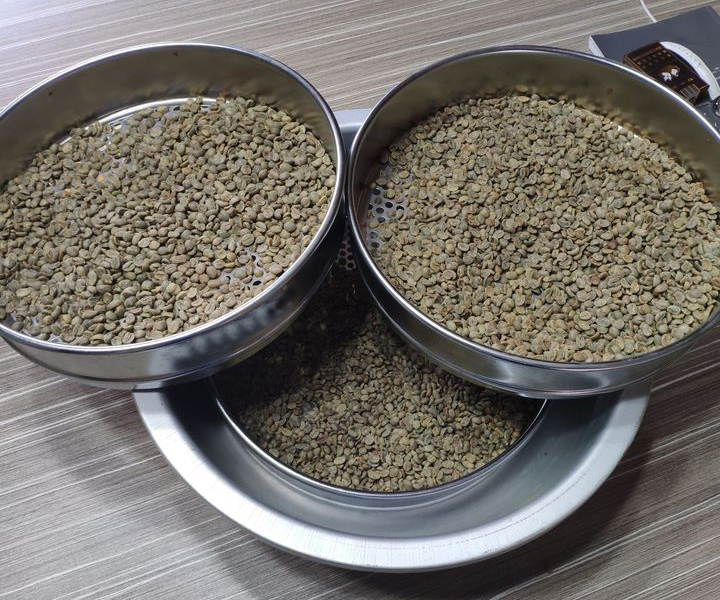
Sieve analysis has wide applications in many fields. In soil science, sieve analysis is used to study soil particle composition, soil type, and assessment of soil texture. In construction engineering, sieve analysis is used to evaluate the particle size distribution of aggregates to determine the mix proportions of concrete and asphalt concrete. In the mining and metallurgical industries, screening analysis is used for the classification of ores and mineral sands and for the control of beneficiation processes. In environmental science, sieve analysis is used to evaluate the concentration and distribution of particulate pollutants in soil and water.
Address:China,Yanjin county forest park gate to the west 1000 meters north road.